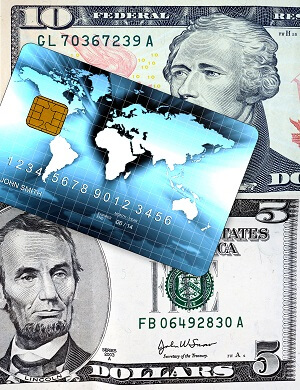
The so-called chip and pin credit card system – so named because of a chip in the payment card and the fact that payment is authorized via a PIN number – is finally being rolled out in the US, a good decade after it was introduced in Europe. This may entail some big changes to many US consumers and businesses, especially as Visa and MasterCard have set a deadline of October 2015 for retailers to be ready for chip cards.
But now that chip and pin readers are set to become the main way for US consumers to verify their identity, what does this mean for US businesses?
Complex web of players
The question as to why it has taken the US so long to switch over to a system that is commonplace elsewhere is due to the complexity of the US market, and the complicated web of stakeholders that have traditionally been involved in credit card processing.
The US is still the world’s biggest economy, and retailers, banks and credit card companies have until now been unwilling or unable to absorb the costs associated with introducing this new system. However, recent large-scale credit card hacking cases, such as Target, have shone a spotlight on the high level of credit card fraud in the US.
The two main credit card companies have set October 2015 as the date when retailers need to be ready to accept chip-enabled cards. So what this means in practical terms is that businesses that take card payments from customers will need to have terminals that can accept the EMV technology standard in place by October, 2015.
Merchants will need to be sure that either their existing terminals can be upgraded or then get new systems in place. This does, however, represent an opportunity too to find alternative credit card processing service providers or to switch to mPOS systems.
While US consumers aren’t fully accustomed to this new system yet, US citizens who have travelled overseas in recent years will have seen the chip and pin system in use abroad. Although there is bound to be a little resistance to change, it is expected to be a fairly smooth due to the fact that chip and pin readers offer greater card security than the existing system.
The EMV standard which the United States is joining the rest of the world in moving towards isn’t limited to chip and PIN cards, it also embraces new technologies such as contactless payments.
